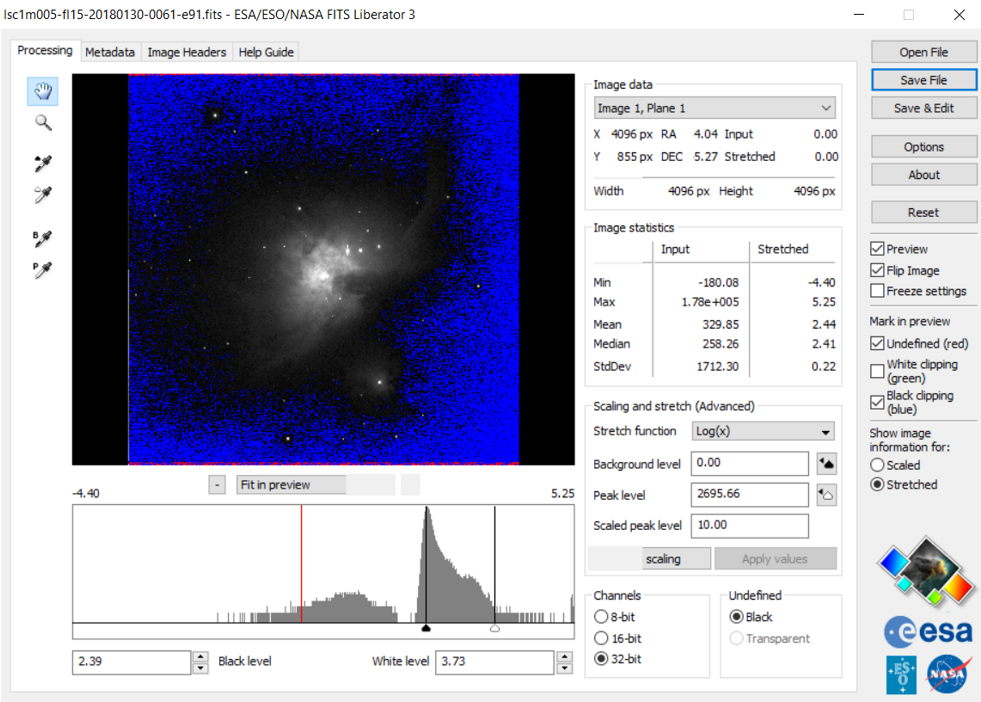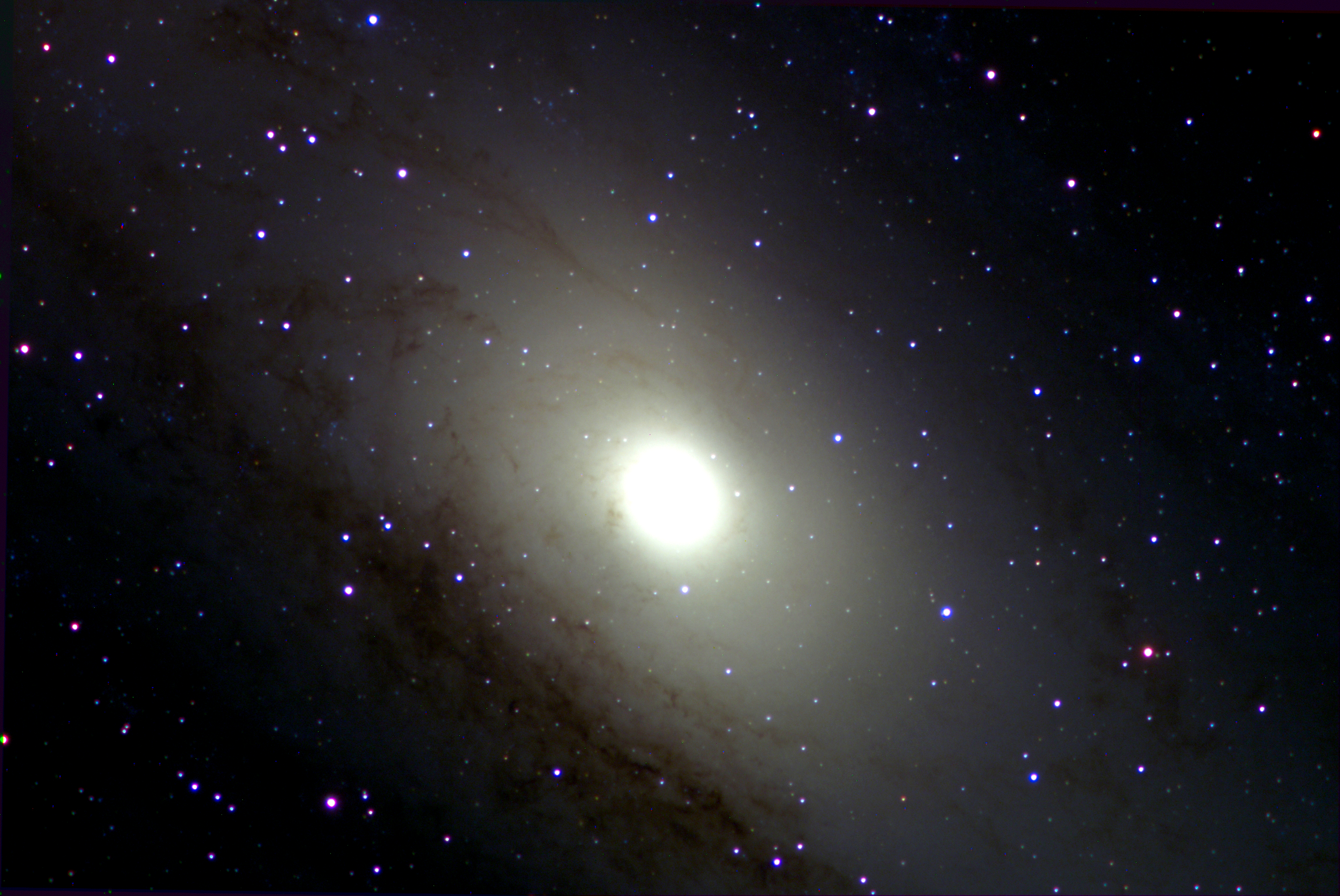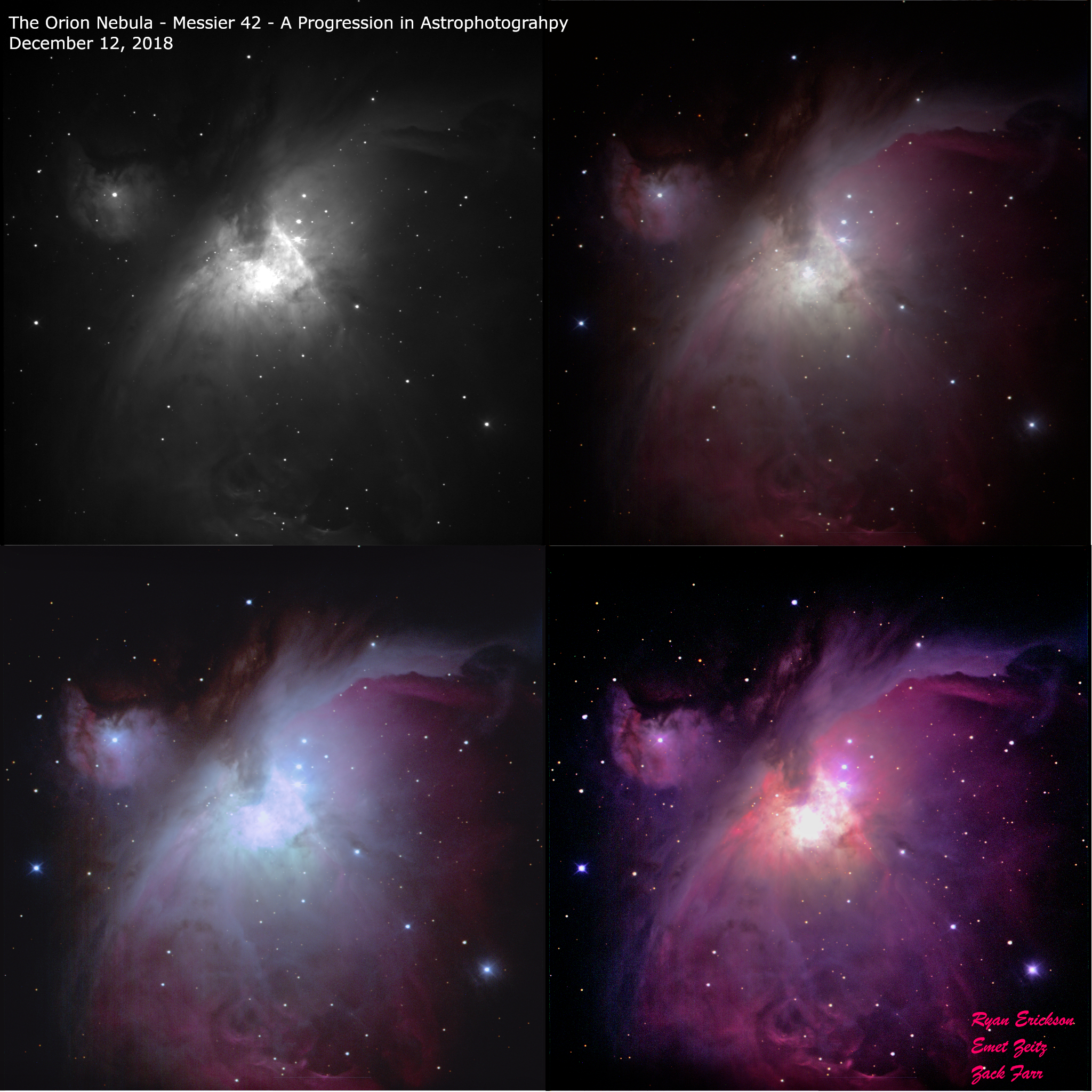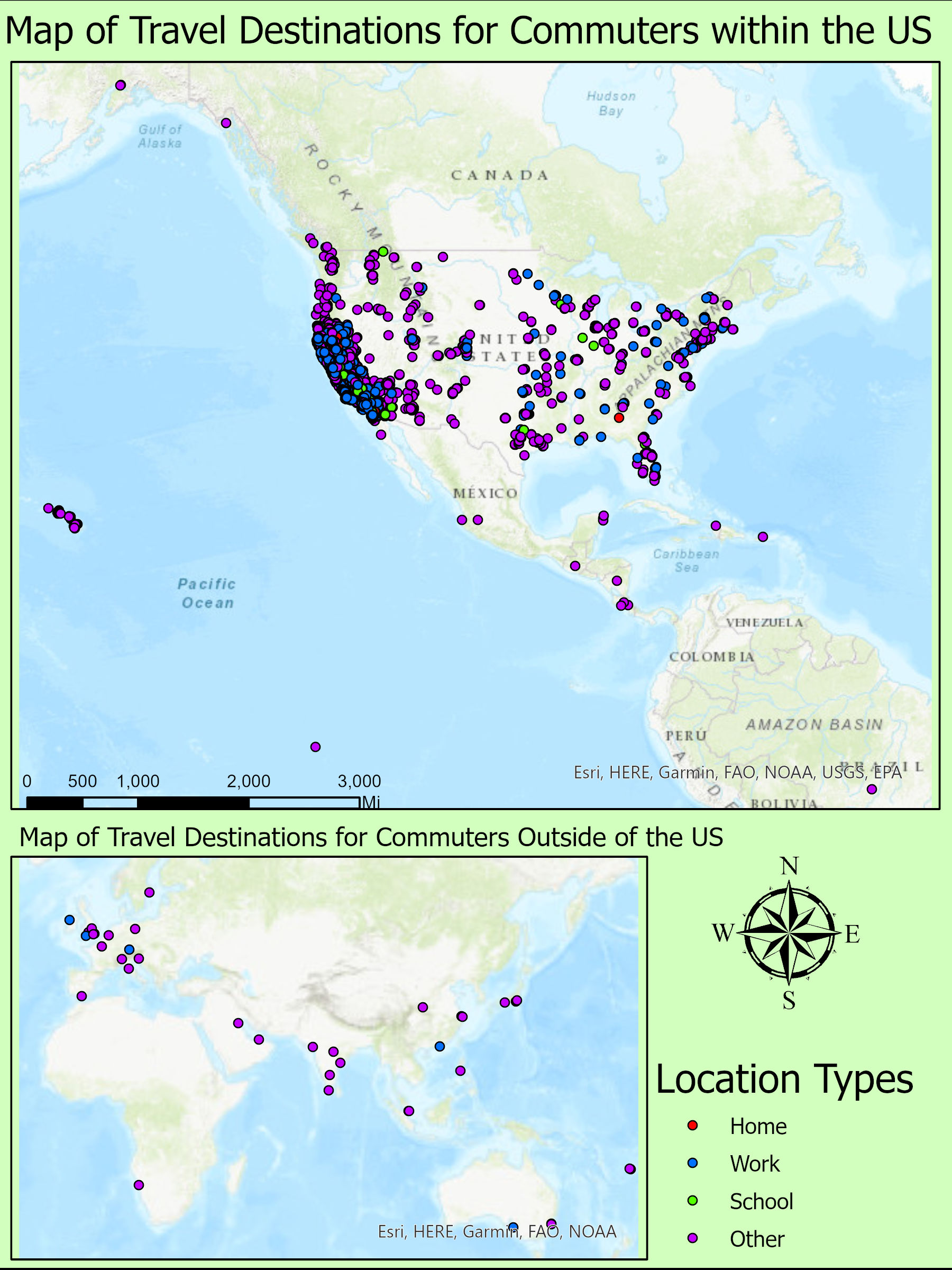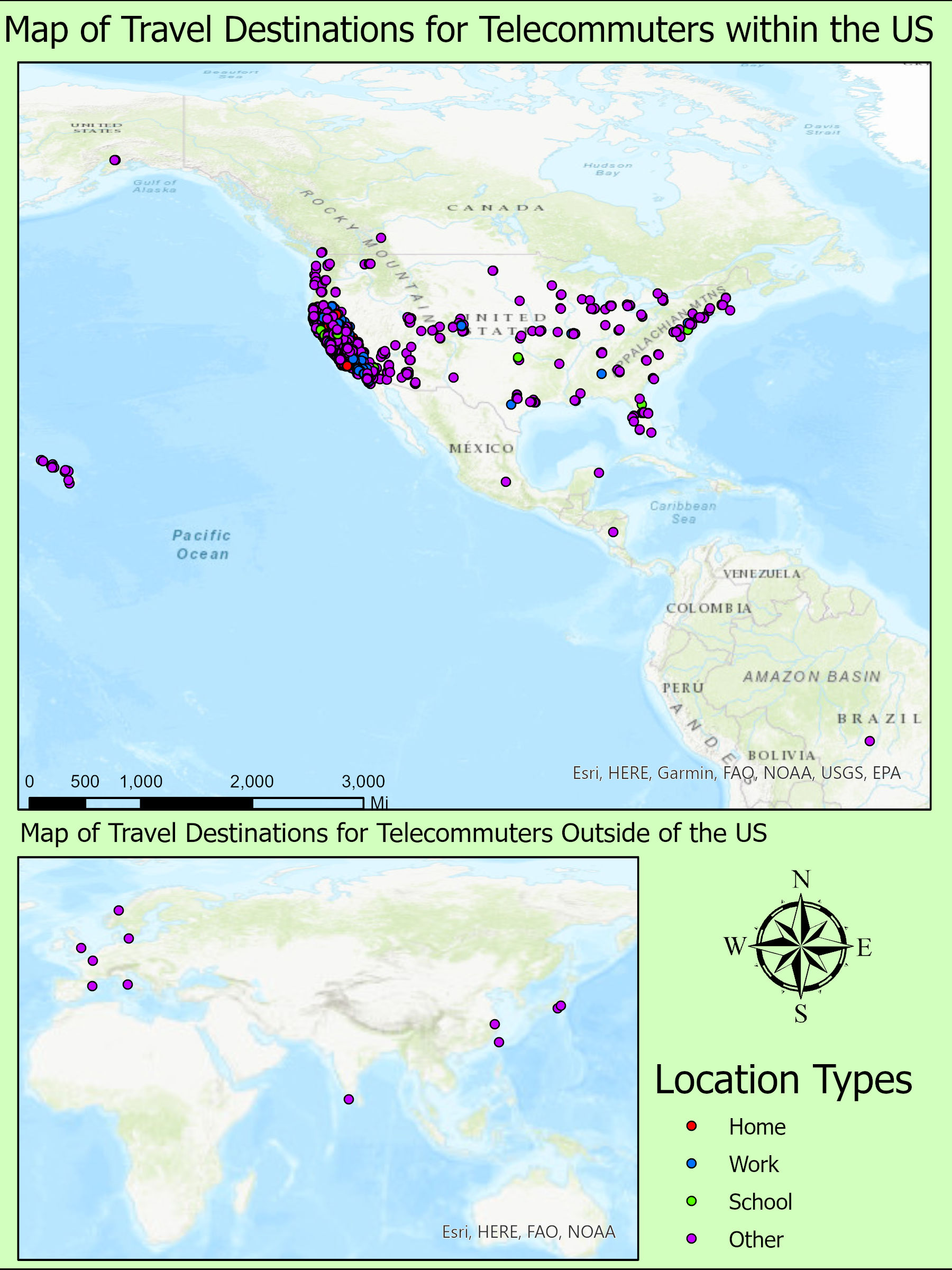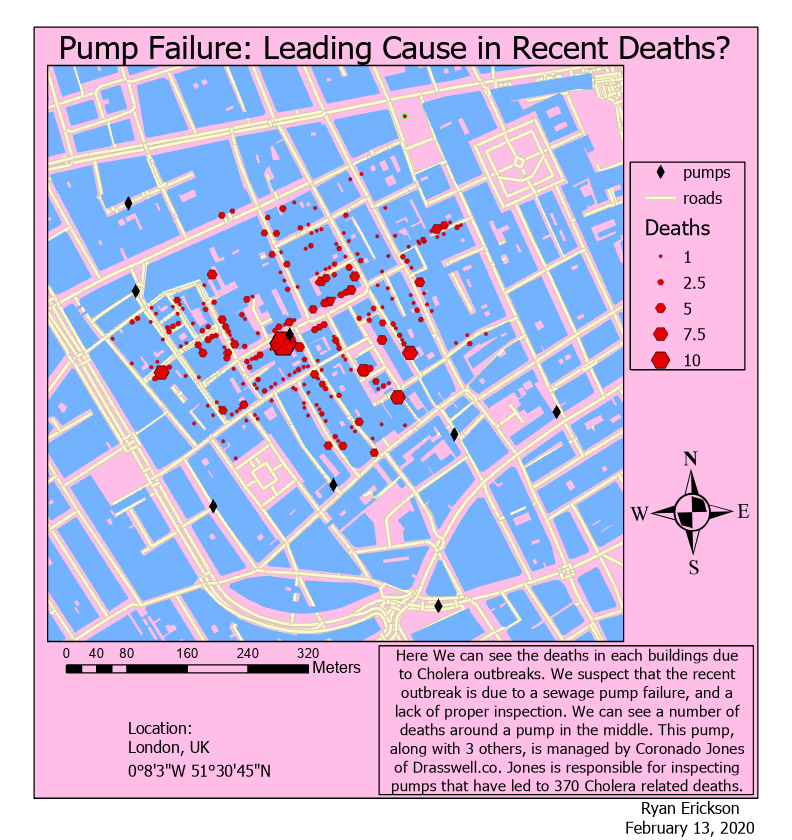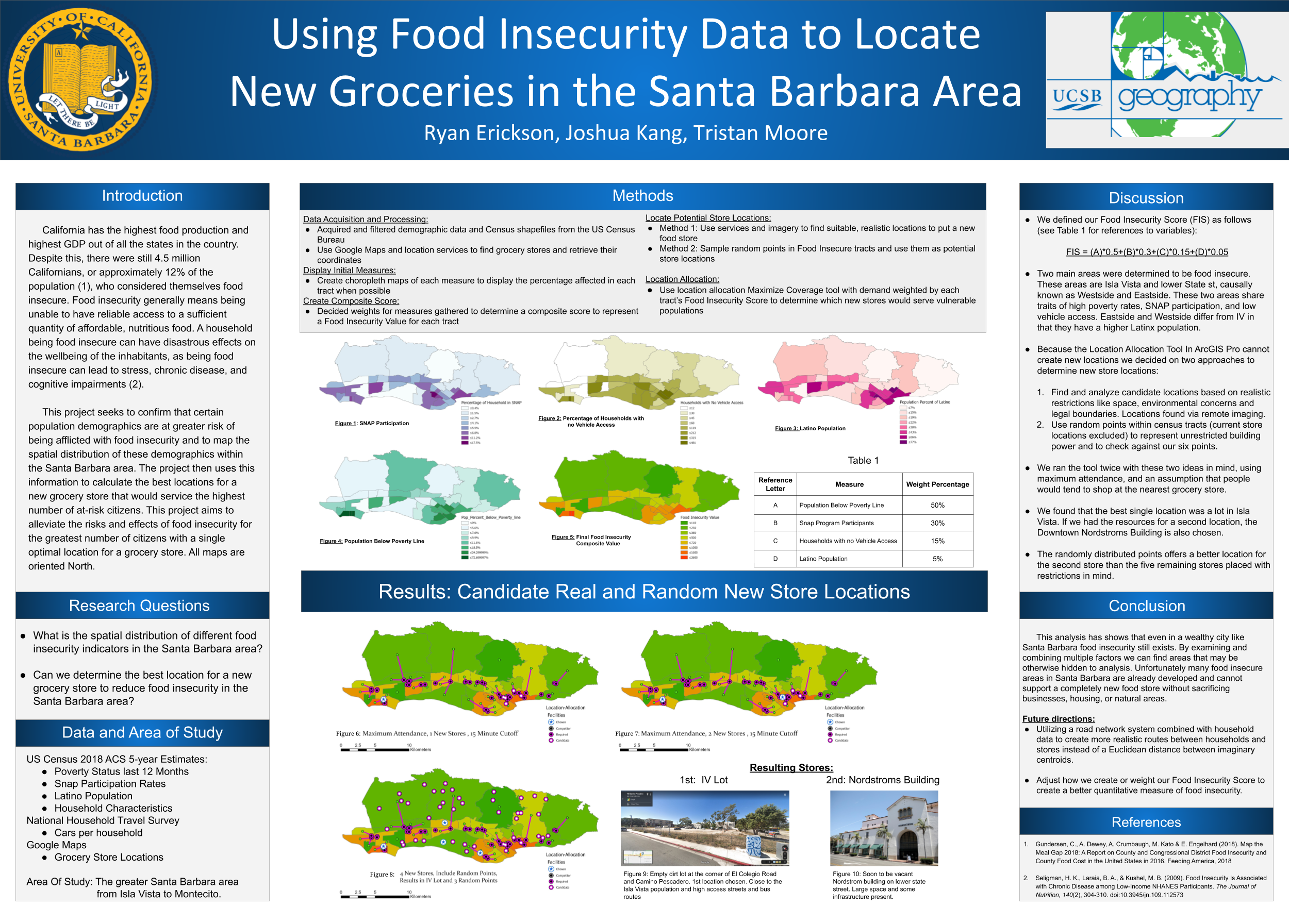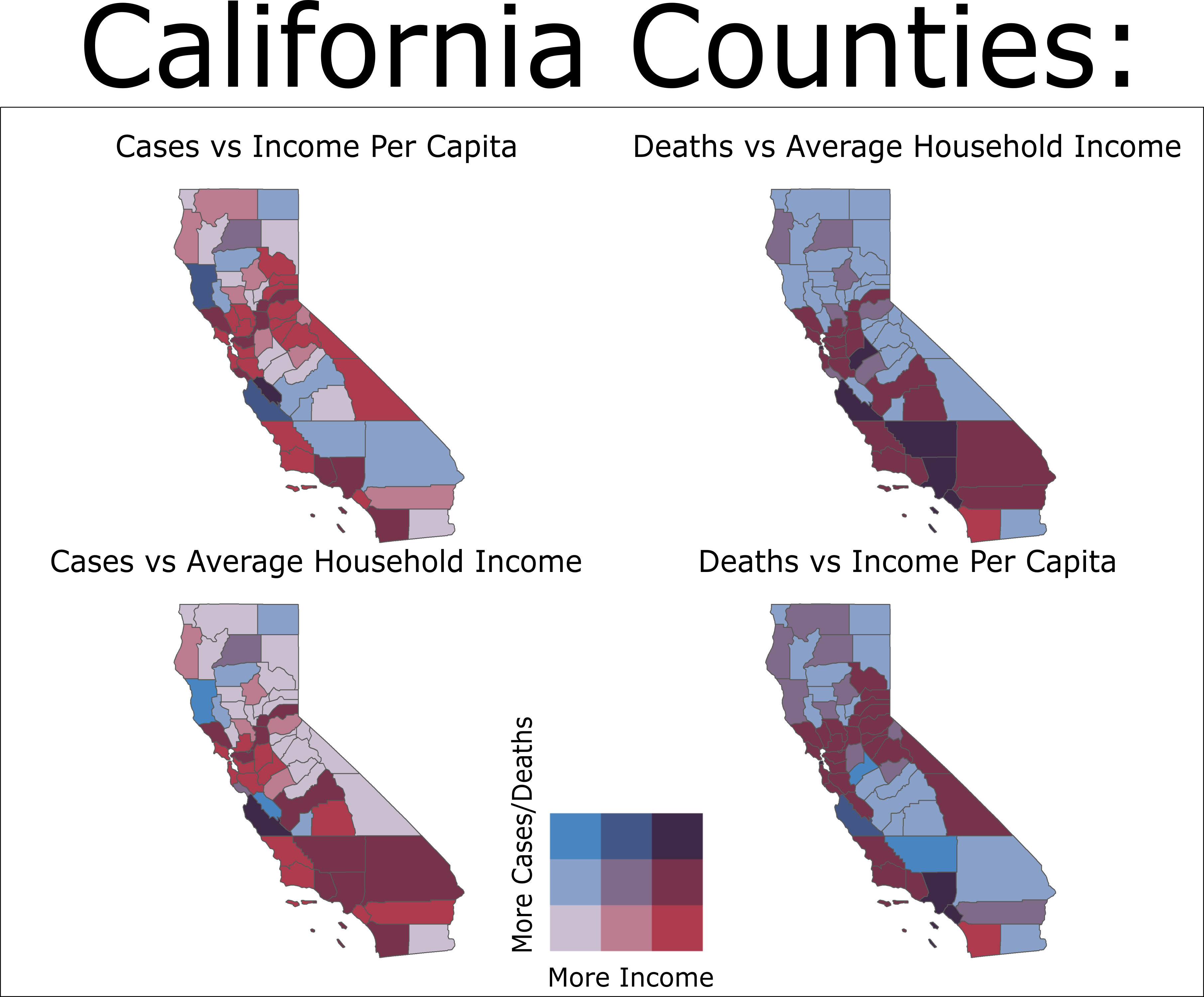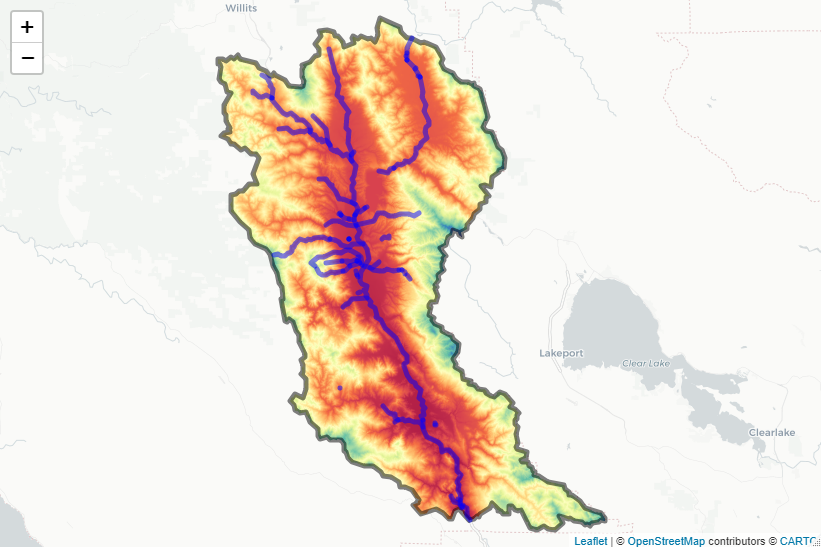Research Interests and Presentations
These are some projects I've done through out my time at UCSB.
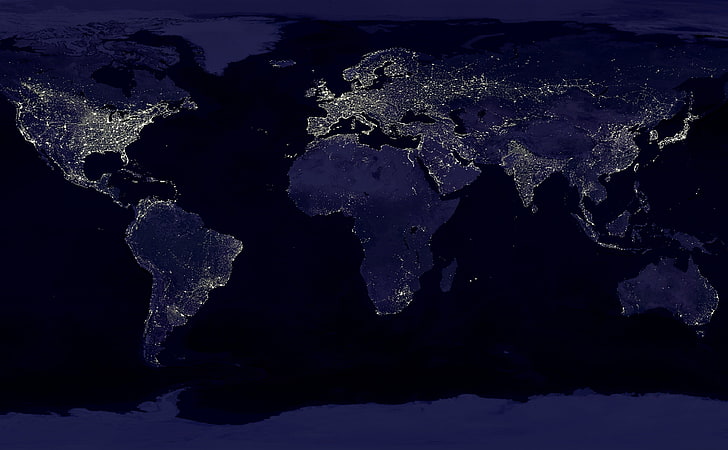
I double majored in Geography and Physics and wanted to highlight both accomplishments. I decided to add some of the more interesting physics related projects as well as the early research based in Geography.
